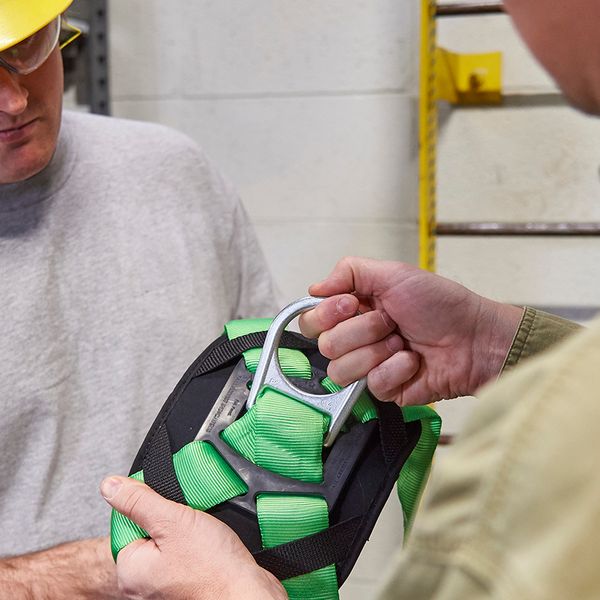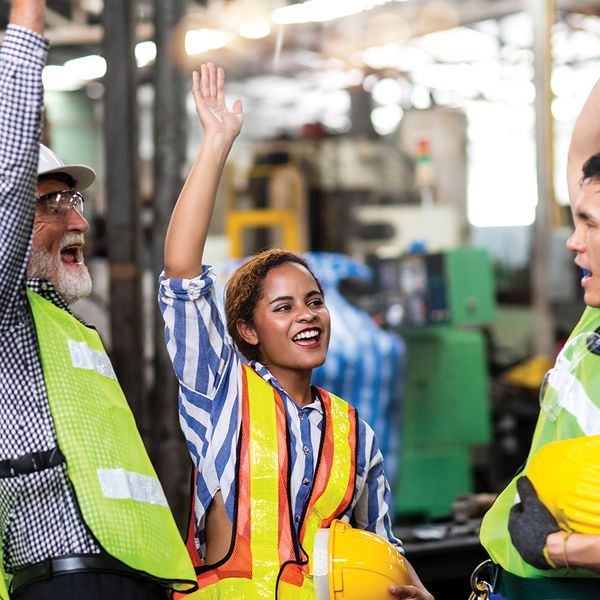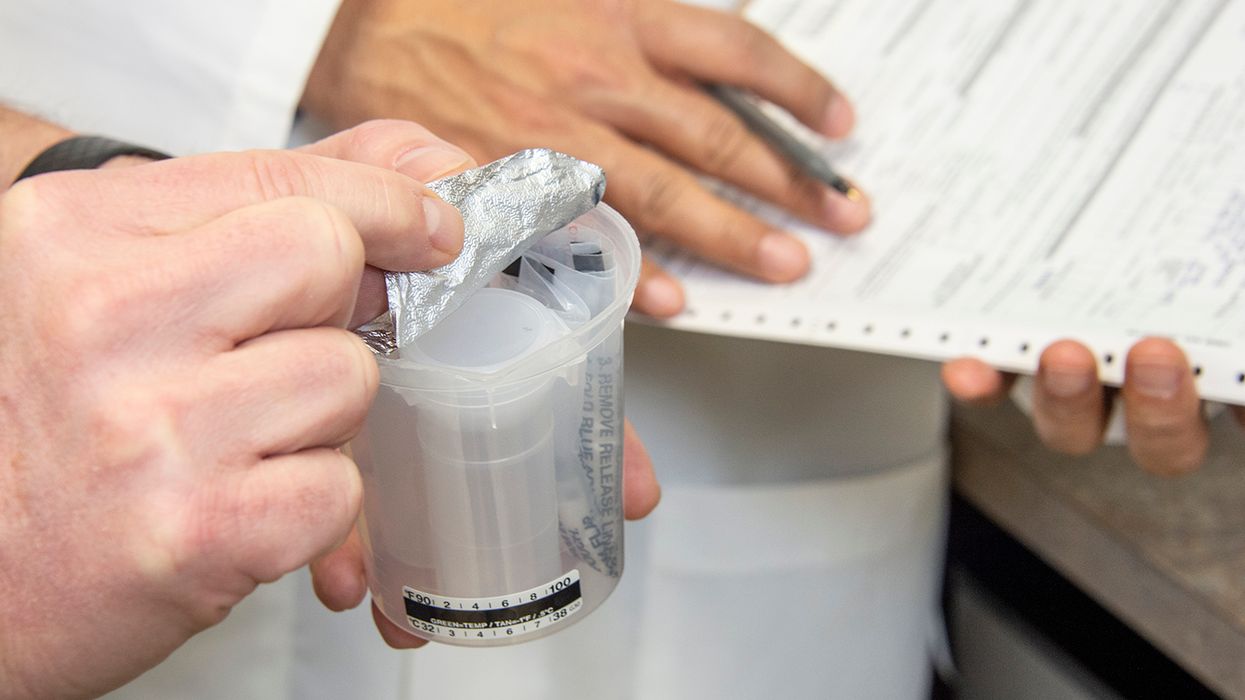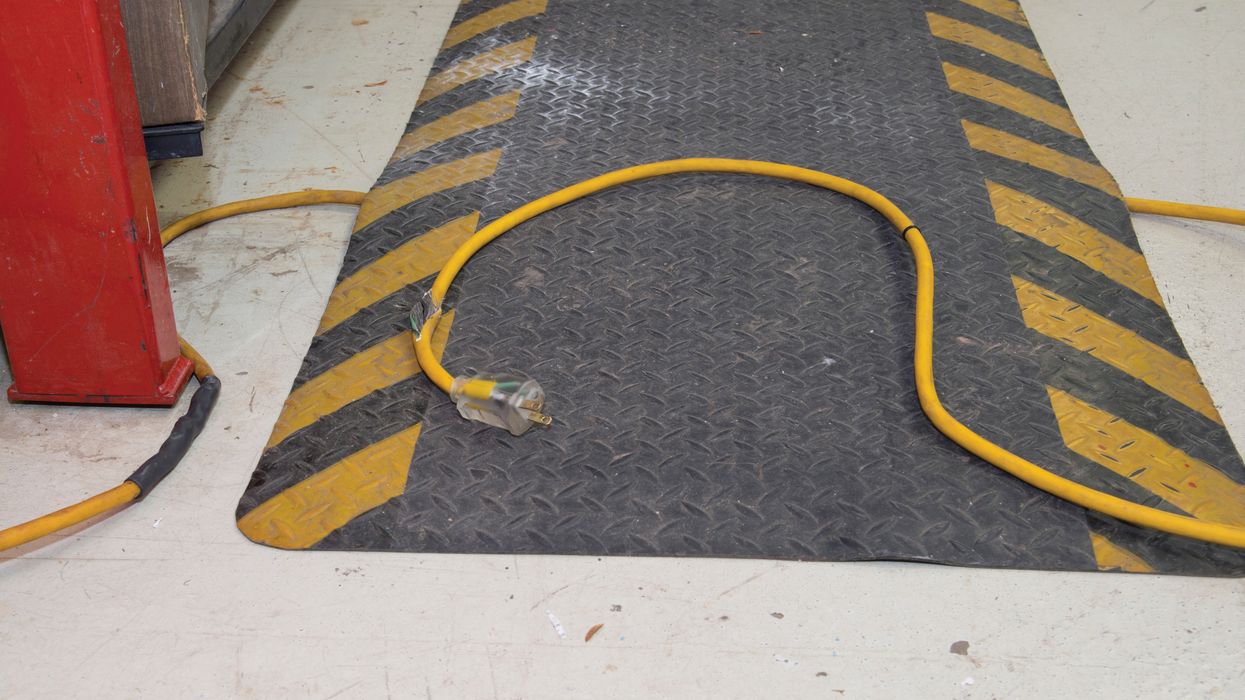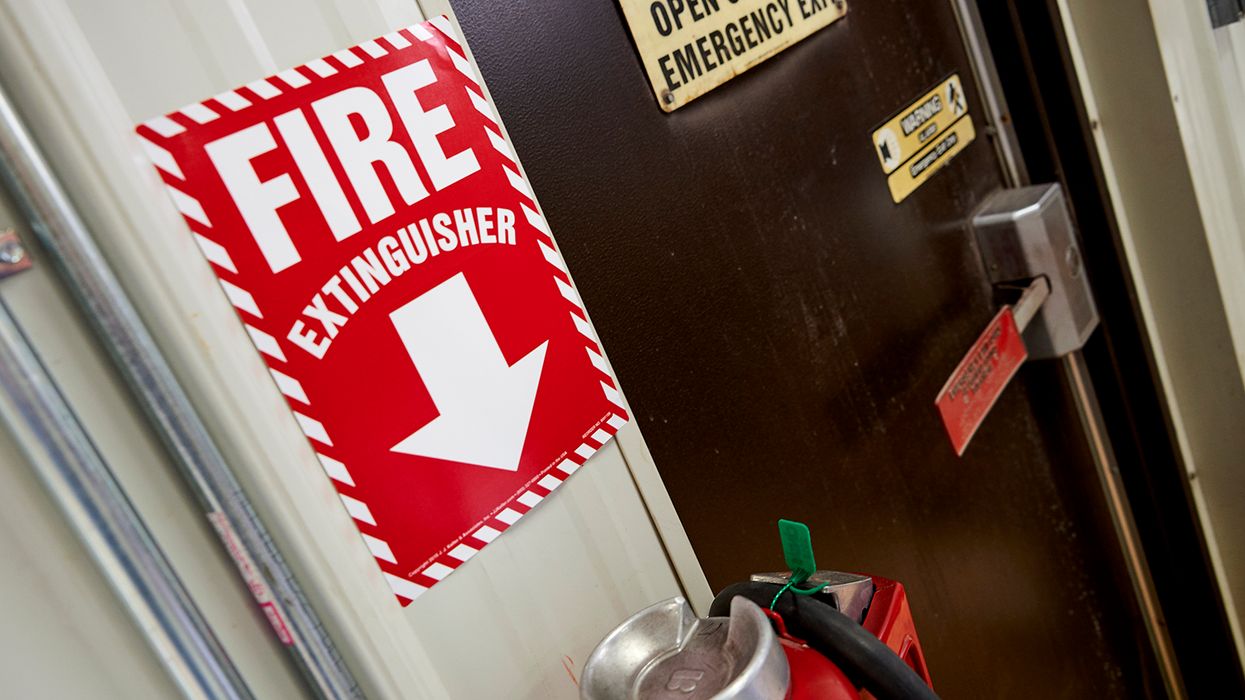Giving positive feedback beyond ‘good job’
Employers with safety incentive programs should use positive feedback as part of the program. The term “incentive” makes many people think of a bonus or reward, but an incentive is really anything that motivates people to take an action or follow a behavior, like always wearing personal protective equipment.
Although telling everyone “good job” does deliver positive feedback, it can grow old and begin to sound like a half-hearted effort. Also, positive feedback that is personalized will have a greater impact. One option is recognizing a positive attitude, like saying “I really appreciate your can-do attitude.” Another is recognizing someone who made a good decision, like thanking an employee for stopping work because something looked unsafe (even if the employee was wrong and there was no hazard).
Helping a coworker, finishing a difficult job, or taking on an extra task are great things to recognize, especially if the worker remained safety-conscious. Simply showing employees that they are trusted can be huge. Instead of saying “good job” the supervisor could say, “I knew I could count on you to get it done” or something similar. This feedback can be used for safety situations as well.
Watch for hidden messages
A statement like “Work as quickly and safely as possible” sounds neutral and seems like it should promote safety. But at some point, employees might think they have to choose between speed and safety. You’ve expressed two expectations, and employees might not see them as compatible. If they have to choose only one, which choice will they make?
Nearly any statement or instruction can communicate something unintended. For example, if a supervisor yells, “Get this truck loaded quickly!” that will communicate an expectation. The incentive is to keep the boss happy, and that might motivate employees to take shortcuts. Supervisors should consider the potential underlying messages of work instructions. It’s not just what they’re saying, but what the employees are hearing and what incentives are created.
Positive or negative
Incentives can be positive, like rewarding employees, or they can be negative, like disciplining them. Yelling at employees to work faster provides a negative incentive. Supervisors should consider how employees might respond. We don’t want employees thinking about gaining a reward or trying to avoid a punishment. We want them to make a safer choice.
Giving positive feedback provides a reward and creates an incentive to continue that behavior. Employers sometimes have to impose discipline, but positive reinforcement should be delivered far more frequently. Supervisors may need training on this, or at least given some ideas on how to deliver reinforcement with some example phrases to use other than “good job.”
Key to remember: When giving employees instructions or directions, consider the incentive that might be created by the communication. After the job, provide personalized feedback and appreciation to incentivize employees to make safer choices.






